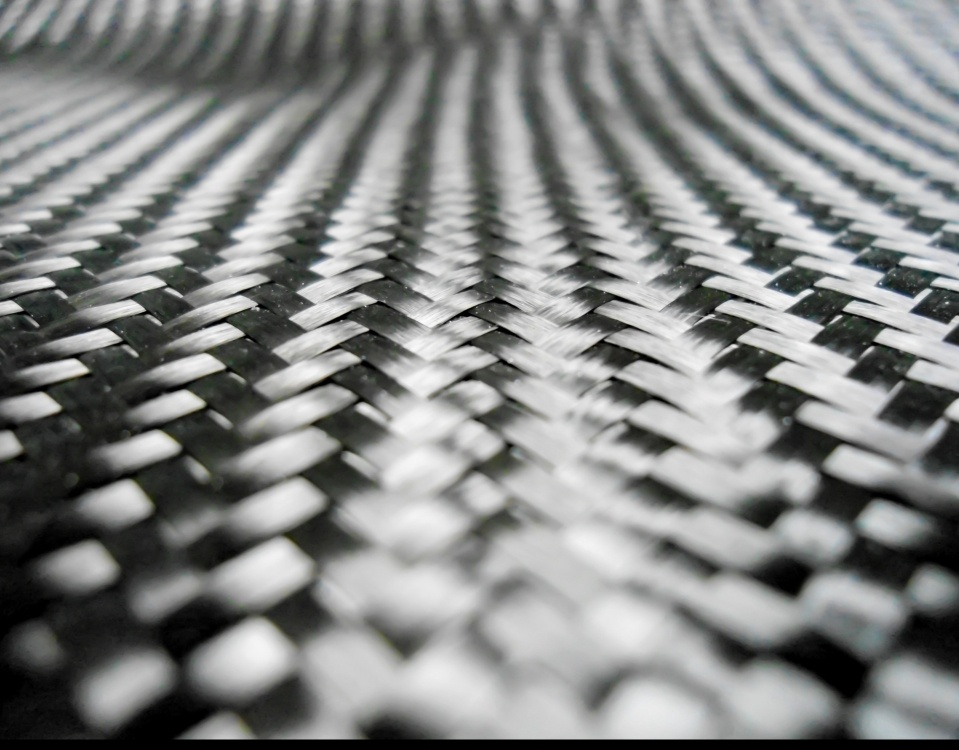Composites can be used for a variety of reasons. 9 out of 10 successful composite products combine multiple benefits of composite materials to reach the desired function(s).
For example:
- Naval architecture: Lightweight + corrosion resistance
- Radomes: Radar transparency + freedom of shape + lightweight
- Architecture: Thermal insulation + aesthetics/freedom of shape + lightweight
The most common reasons for choosing composites are listed below. While the characteristics may prove advantageous in some projects, they may be a disadvantage in others.
Low maintenance
Steel structures typically require periodic maintenance such as conservation and paint systems to prevent corrosion. Composites are not susceptible to corrosion, resulting in lower Life-cycle costs.
High strength
In general, fibre reinforced plastics outperform most metals (e.g. steel and aluminium) in strength. Both in absolute numbers as well as in weight to strength ratio.
Chemical/corrosion resistance
Composite materials are resistant to a lot of chemical products such as acids, hydroxides, crude oil, etc. Corrosion resistance against salt and seawater is excellent.
High stiffness to weight ratio
The stiffness to weight ratio of a high modulus carbon fibre construction is typically 5 times higher than steel or aluminium.
Cost effectiveness
Although composite materials themselves are usually more expensive than metals, combining properties such as insulation and weight savings often results in a cost effective product. Taking Lifecycle costs into account usually shows the cost advantage that can be achieved.
Freedom of geometry
Double curved shapes are easily produced in composite materials at almost no extra cost. For production of limited series the relatively low moulding costs are an additional benefit.
Lightweight
Experience shows that the use of composites can realise a weight saving of 20% to 400%. The specific weight of composites varies between 1.5 and 2.0 kg/L compared to 2.7 to 7.8 kg/L for aluminium and steel.
Aesthetics
Slender constructions and seamless façades are examples of aesthetics-driven design. These types of structures are impossible to construct with traditional materials.
Limited thermal expansion
Thermal expansion of composite materials can be tuned. Depending on the fibre used it can vary between 0 and 30 where steel has an alpha of 12 (e-6/K).
Integration of functions
By combining functions such as strength and insulation in one product, a composite solution is often more cost effective than the sum of traditional solutions.
Insulation
Typical GRP lambda values are 1, compared to 50 for steel and 237 for aluminium, which results in excellent insulation properties.
Thermal conductivity
Carbon fibre has excellent thermal conductivity. When used in a polymer matrix, a material can be designed that is thermally conductive in the fibre direction, and thermally insulating transverse to the fibre direction.
Sonar/Radar Transparency
Composites are very well known for their transparency to radar and low damping properties.
Non-magnetic
The non-magnetic properties of glassfibre reinforced composites are a major advantage especially in sonar and radar applications.
Fatigue
The fatigue resistance of composites is much better than that of metals. Of course fatigue failure also occurs in GRP and CFRP, and has to be analysed in detail.



